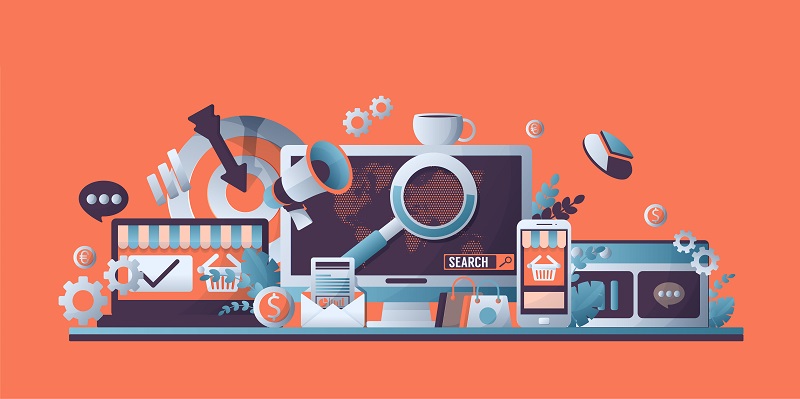Marketing automation plays a crucial role in streamlining processes and increasing efficiency for businesses. To help you harness the power of marketing automation, we’ve gathered insights from twelve professionals, including Directors of Marketing and CEOs. In this article, we’ll unveil ten proven marketing automation hacks that will revolutionize your marketing efforts and drive exceptional results.
Implement a 12-Step Email Nurture Sequence
To maximize the effectiveness of your email campaigns, create a comprehensive 12-step email nurture sequence. By strategically crafting personalized and relevant content that progressively engages and educates your subscribers, you can nurture leads and guide them through the sales funnel with automated precision.
Use Automated Email-Thread Transcription
Simplify your communication and improve customer experience by using automated email-thread transcription. This hack allows you to consolidate multiple email threads into a single, easy-to-follow conversation, providing a seamless experience for your customers and reducing confusion.
Leverage AI for Product Descriptions
Enhance your product descriptions with artificial intelligence. By using AI-powered tools, you can automate the process of generating engaging and persuasive product descriptions, saving time and ensuring consistency across your product catalog.
Offer Free Content via HubSpot CRM
Leverage the power of HubSpot CRM to provide free valuable content to your leads. By setting up automated workflows, you can deliver targeted content based on user behavior, increasing engagement and building trust with your prospects.
Connect Offline and Online Customer Behavior
Bridge the gap between online and offline customer behavior by integrating your CRM with your physical store or event data. Utilize marketing automation to capture important offline interactions, such as in-store purchases or event attendance, and combine them with online behavior to create comprehensive customer profiles.
Create Dynamic Subscriber Segments
Segment your subscriber list dynamically based on specific criteria such as demographics, purchase history, or engagement level. By employing marketing automation tools, you can send highly targeted and personalized content, significantly improving open rates, click-through rates, and conversions.
Use Zapier for Real-Time Data
Integrate Zapier with your marketing automation tools to automate data transfer and ensure real-time information flow. This allows you to effortlessly connect various apps and systems, enabling you to trigger specific actions based on the data received.
Apply a Smart Segmentation Strategy
Utilize marketing automation platforms that offer advanced segmentation capabilities to target your audience with precision. By creating dynamic segments based on user behavior, interests, and preferences, you can deliver tailor-made messages that resonate with your audience, resulting in higher engagement and conversion rates.
Automate Behavioral Data for Profile Building
Automatically gather and analyze behavioral data to build comprehensive customer profiles. By leveraging marketing automation, you can track user interactions, website visits, and engagement metrics to create detailed profiles that enable personalized and effective communication across all touchpoints.
Incorporating these marketing automation hacks into your strategies will not only save you time and effort but also help you maximize the potential of your marketing campaigns. From implementing a 12-step email nurture sequence to leveraging AI for product descriptions, each hack offers unique ways to enhance customer experience, streamline processes, and drive better results. Embrace the power of marketing automation and watch your business soar to new heights.

